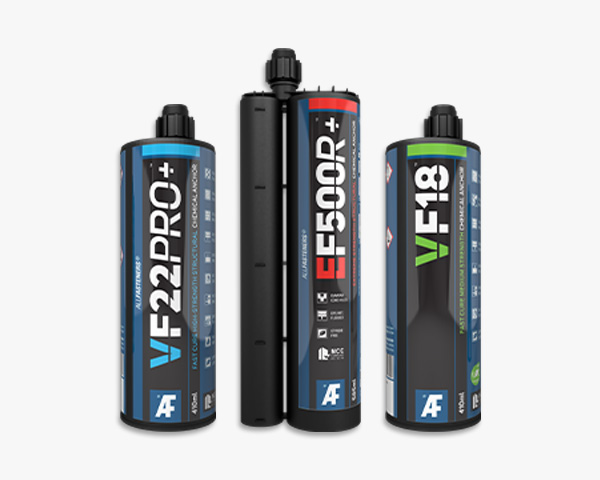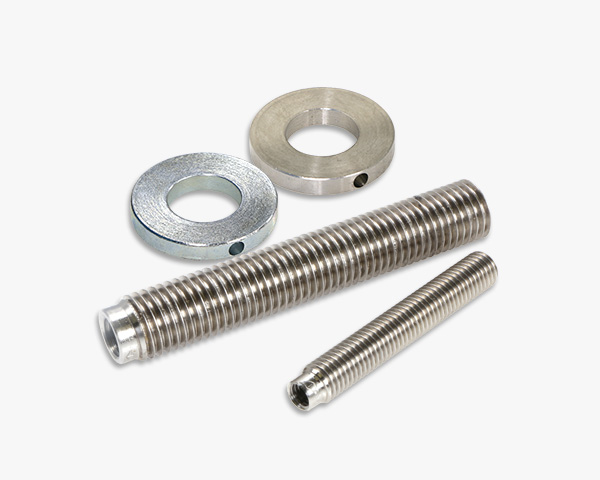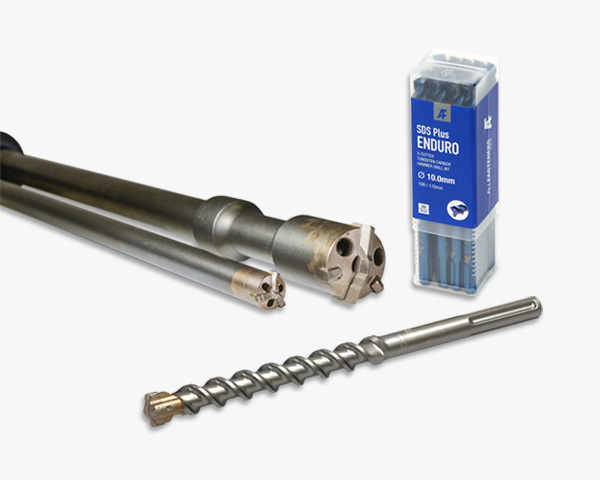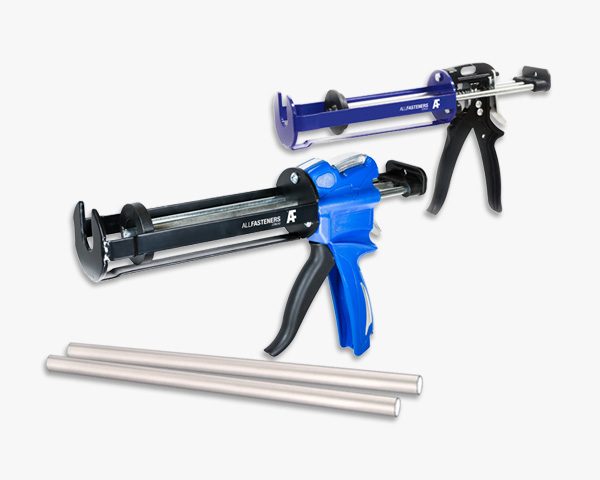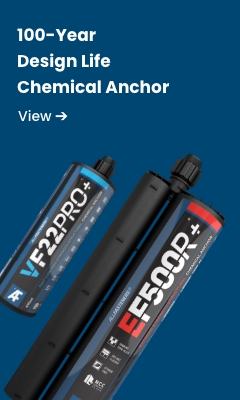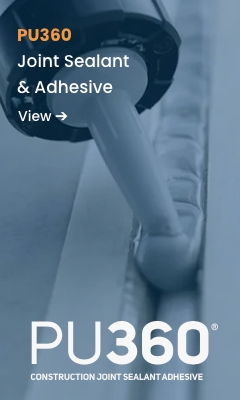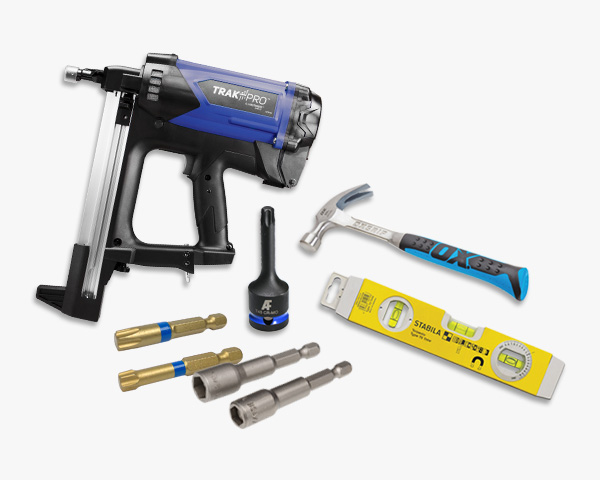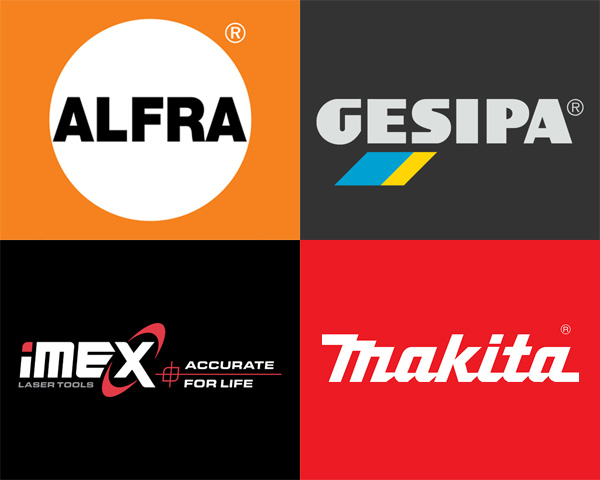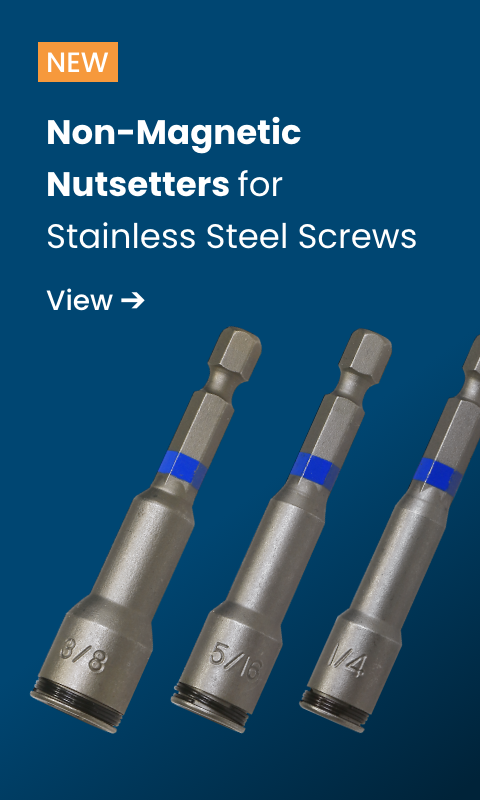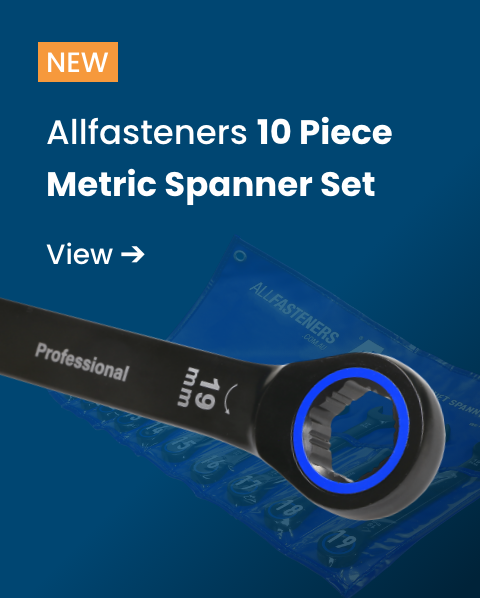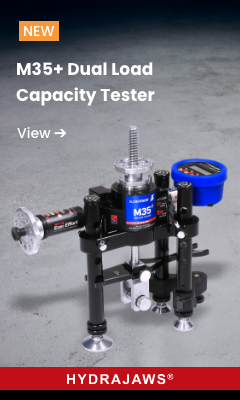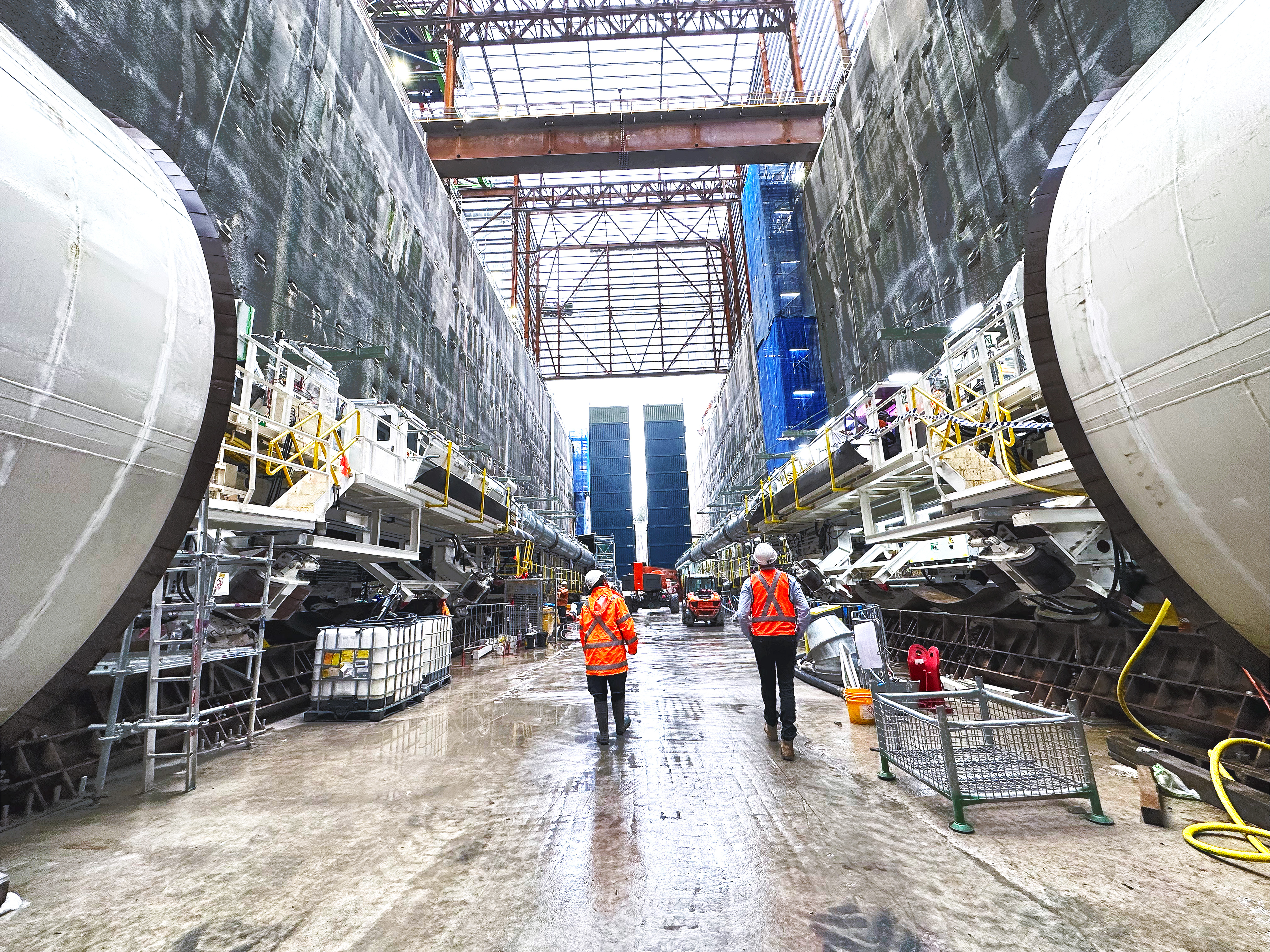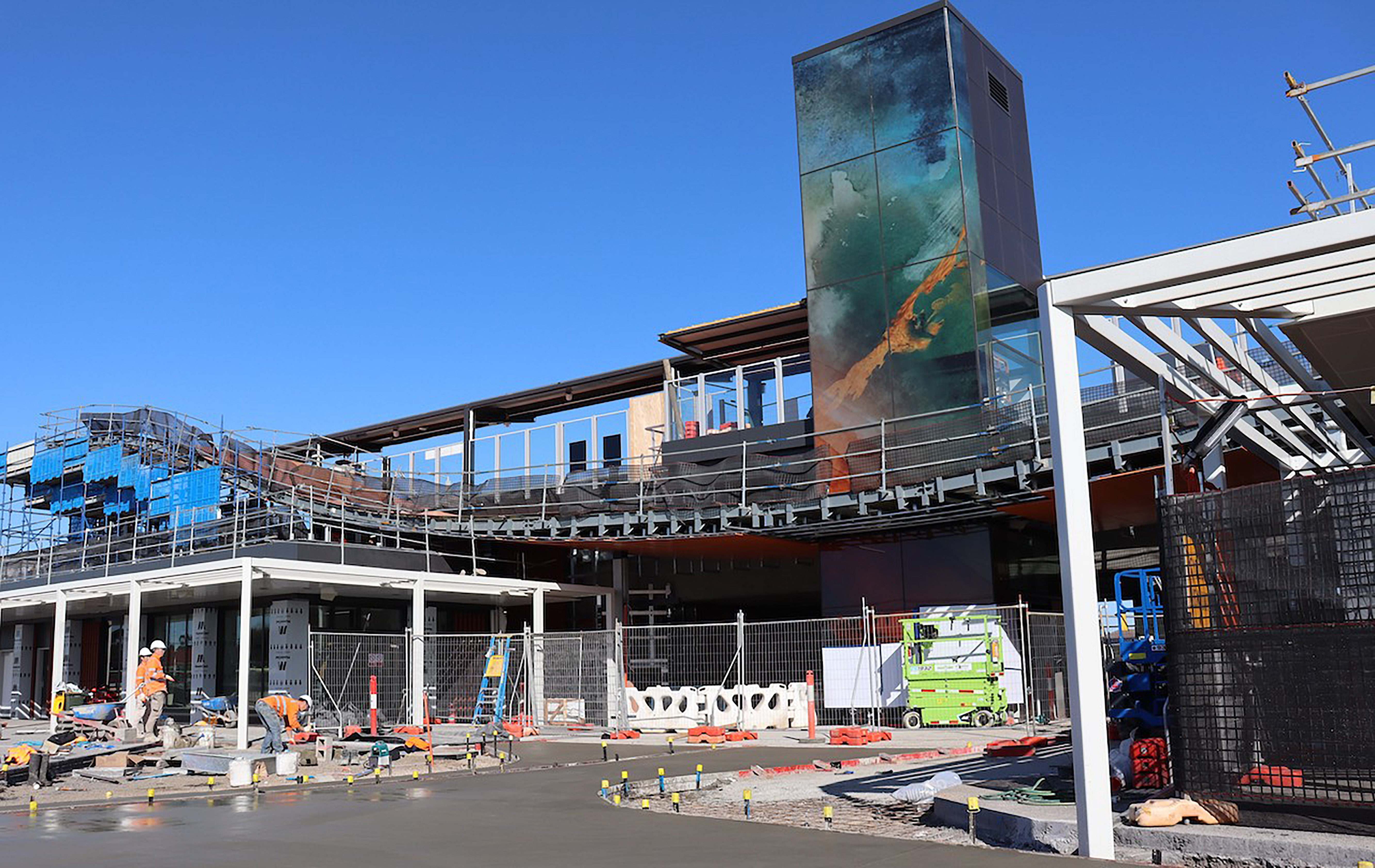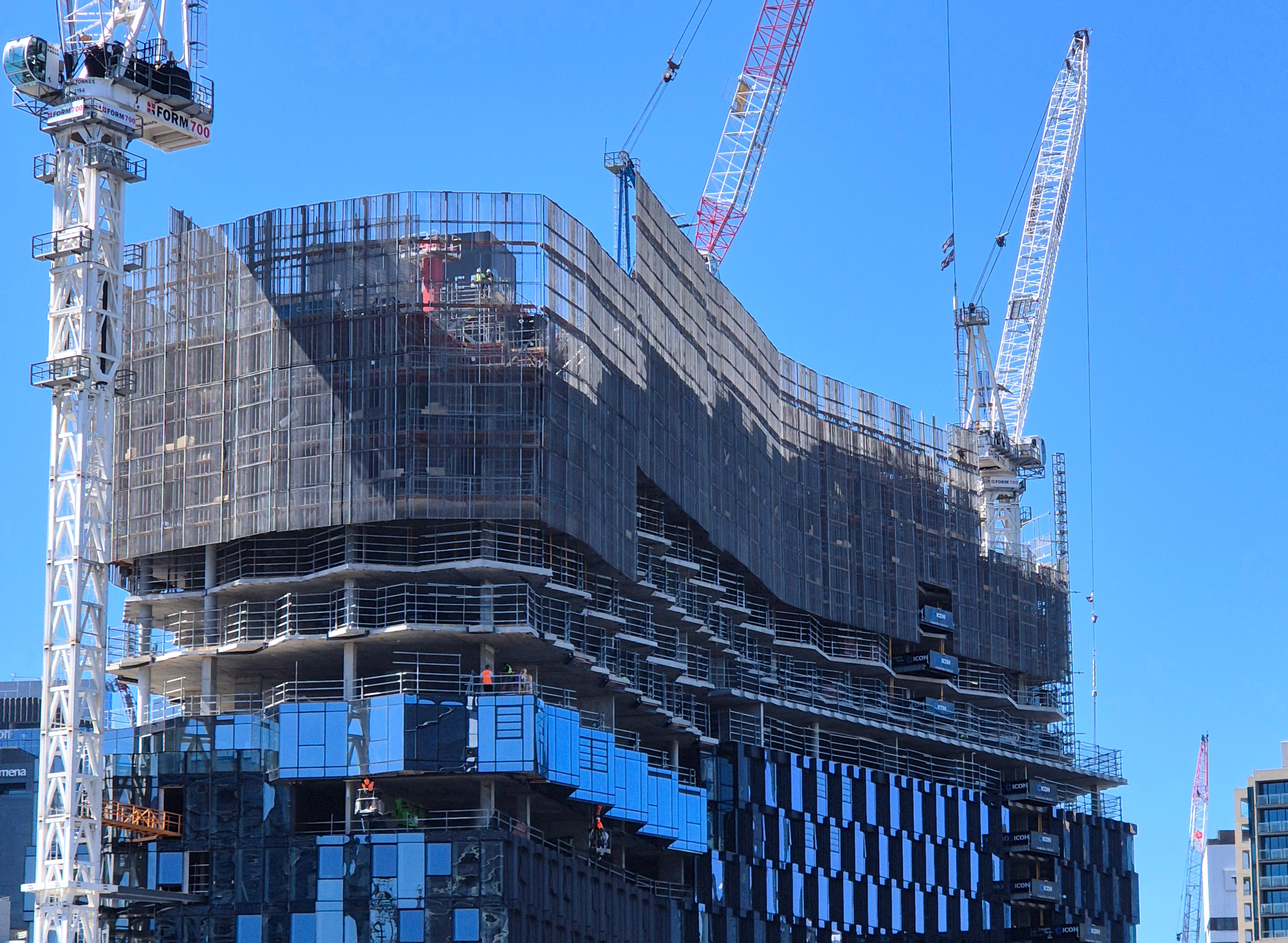Self-Tapping vs Self-Drilling Screws: The Unknown Differences
The Eternal Question...
For such commonly-used fasteners, the confusion in features and application of both self-tapping and self-drilling screws is equally common. And between the two screws, the vernacular is often confused, with the name for one being used for the other.
So, let’s set the record straight. Here are the differences between both fasteners. To summarise:
Self-Tapping – a screw for securing thinner sheet metals and other substrates that cuts its own thread, but usually requires a predrilled or pre-punched hole.
Self-Drilling – a screw that can, well, self-drill through various gauges of metal materials without predrilling.
Both – perfect for securing two materials—steel to steel or steel to timber—for when a better hold compared, to nuts and bolts, is required.
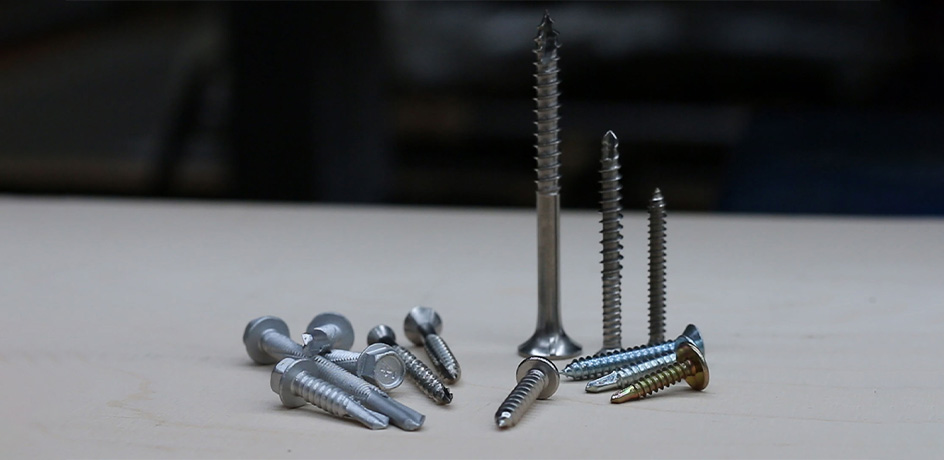
To elaborate, here are the finer facts:
Self-Tapping
- Creates its own thread while turning, therefore it does not need matching female threads, like those in a nut from a nut/bolt set or machine screws.
- Can also be used in wood and softer substrates like some plastics.
- This screw features a Type AB point.
- To remember it when you see it, this screw has a point “like a pencil”.
Most common uses –
- 1 and 2-layer thin gauge sheet metal securing
- Fastening of aluminium sections to each other and into screw flutes.
- Screwing into plastic housings.
- Fixing metal brackets into ply and timber.
Self-Drilling
- With a point “like a drill bit”, these screws create their own hole, and their own thread in one action. This is probably where the confusion with self-tappers comes in – both kinds of screws are technically self-tapping as far as the function of their threads are concerned, but the massive difference is in the function of their points.
- Self-drillers can be characterised as a fine thread or a coarse thread, self-tappers can’t.
- In short, self-tappers can’t drill, self-drillers can as well as tap a thread.
- Self-drillers are also commonly called ‘Tek’ screws, a proprietary brand name associated with their unique shape and function.
- Drill point sizes dictate drilling capacity. Common Tek point sizes are #2, #3, #4 and #5 (Series 500) – 2 and 3 most common, 4 and 5 for going through thicker metal.
Most common uses –
- Cladding and metal roofing
- HVAC – duct, clips and brackets
- Carports/sheds/garages
- General construction
- Steel framing
Do you have any questions about the application of these screws for what your are doing? Get in touch with the leaders in All Things Fixings now.





